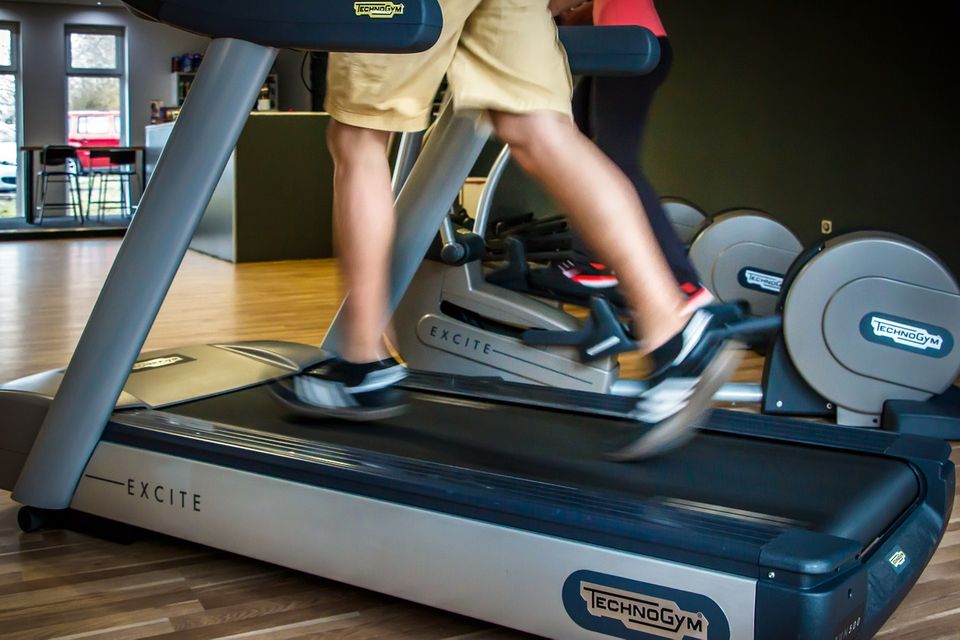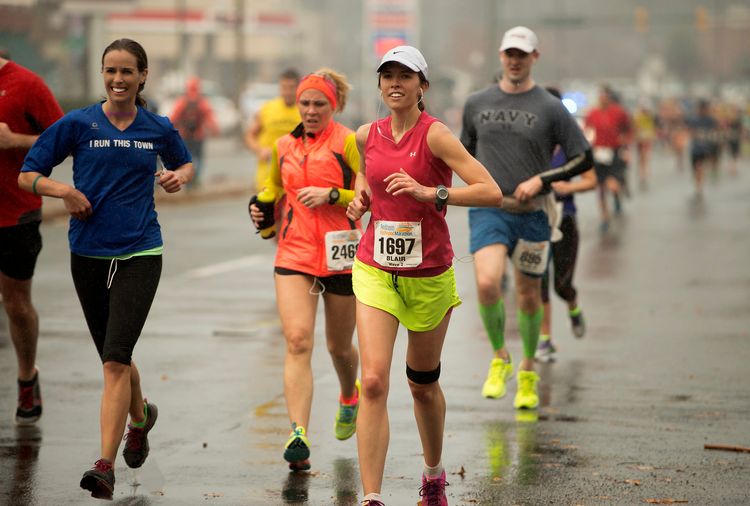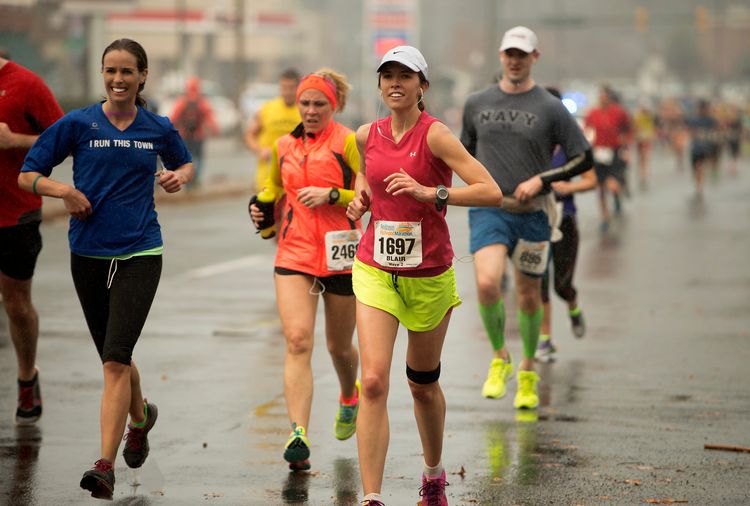Issue 8 Blue Crab Edition - Hypotension and Running Inside vs. Out

Orthostatic vs. Exertional Hypotension - What They Are and What To Do
The Gist - This paper from the Journal of Acute Care Physical Therapy is relevant across the spectrum of PT and compares orthostatic hypotension with exertion hypotension, highlighting how PTs can help with these conditions.
Orthostatic hypotension is familiar to us, technically classified as a sustained reduction in SBP of > 20mmHg or DBP > 10mmHg. Interestingly though, there are three types: Classic - a sustained reduction in BP within 3 minutes of standing, Initial - rapid and temporary (<15s) of a big BP drop, and Delayed - reduction that occurs > 3 minutes after standing. The delayed one needs watching out for as it’s a bit harder to spot. The paper notes that symptoms may be different from what you’re used to as well. Dizziness and lightheadedness are common, but only 30% of people experience them. Other symptoms are neck and shoulder stiffness that resolves with sitting, weakness, blurred vision, vertigo, and nausea.
Exertional hypotension is a scarier condition. Hallmarked by a decline in SBP of >10mmHg during exercise and any evidence of ischemia. Only 5-8% of people experience exertional hypotension, but it’s a dangerous condition, often associated with coronary artery disease, aortic stenosis, mitral regurge, and other serious conditions. According to the authors:
Exertional hypotension is often a sign of existing and probably severe cardiopulmonary disease that should be reported to the medical team for further evaluation.
Tell Me More - This is a great, short paper, so if you’re into this, you should go read it. It even has case studies! But if you don’t want to, that’s what I’m here for. In treatment of OH, interestingly, the authors found that education is important, and so are compression of the legs and abdomen, but marching in place and heel raises don’t work. Leg crossing, bending forward, squatting, whole body tensing, and sitting are the best approaches. On the cause side, Parkinson’s, diabetes, deconditioning, dehydration, overheating, and overeating are all common.
In EH, there are no specific interventions that help. The best approach is to refer to a medical team for further evaluation. The authors also point out that a chart review to check for potential EH before starting exercise is a good idea. Just for good measure: what’s supposed to happen during exercise is an increase in SBP roughly equal to about 10mmHG per MET (for perspective, a brisk walk is about 3.5 METs, so 35mmHg-ish) and DBP should stay the same or reduce slightly.
Paper? Here
What hits harder, the ground or a treadmill?
The Gist - If you’re seeing more runners with foot and knee pain since the gyms closed, this study could tell us why. Researchers from Harvard and the Henry Ford Health System compared tibial shock between treadmill running and outdoor running and found that the outdoors pounds quite a bit harder. Outdoor running pushed up the force by 4g (as in gravity, not grams or cell phone networks), from 11.44 indoors to 15.52 outside, a 35% increase! These runners were going similar speeds between indoors and out, but ran farther outside, so they may have been a bit more tired too.
Tell Me More - The researchers grabbed 192 runners about to compete in the Boston marathon, put them on treadmills with an inertial measurement unit strapped on their ankles, warmed them up, then ran them at 90% of planned marathon pace and grabbed 30 seconds of data, about 35 strides per person. After getting this initial stuff, they asked the participants to wear the IMUs in the marathon, then took data at kilometers 12, 23, and 40 to compare. At each data point, the shock from the ground was less than the previous, but still quite a bit higher than the treadmill. The researchers speculate that this is due to them slowing down as the race went on.
Why is the shock higher outdoors? They have speculation here as well. They believe this could be due to higher perceptual demands outside (AKA more distractions) that reduce running form, the asphalt could be harder than the treadmill belt, and/or that speed variances outdoors could be causing the increased shock. Treadmill speed is much more consistent than outdoor speed.
One last note for foot lovers, they controlled for foot strike and it was 75% similar indoors and out, so most runners were consistent. 74% were rear foot, 16% mid, and 10% forefoot.
Paper? Here.






Comments
Want to leave a comment and discuss this with your fellow PTs? Join PT Crab and get summarized PT research in your inbox, every week.